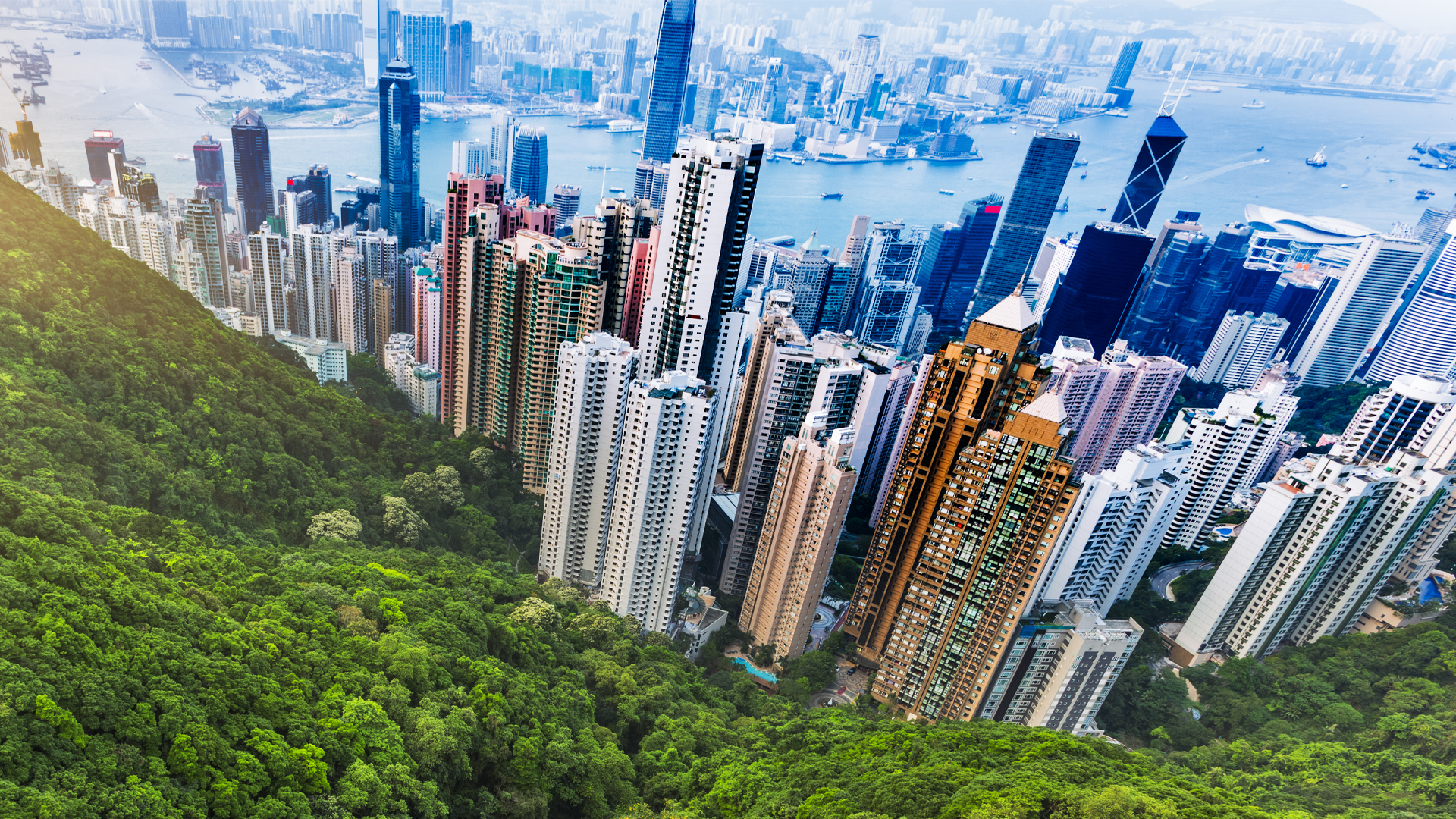Table of Contents
The challenge
With its high-density condition and aging buildings, Hong Kong is finding it challenging to keep up with the fast-changing needs of its people.
No.1
The movement to create smarter, greener and more resilient spaces is gaining momentum around the world. Hong Kong, with its high-density condition, is finding it challenging to keep up. The city’s aging buildings combined with a growing population is causing negative impacts on the environment and the people’s quality of life. As such, it has become evident that the buildings in the city need to be upgraded to match the people’s changing needs.
This led Hong Kong Green Building Council to seek Arcadis’ help in developing a building guidebook. This guidebook is envisioned to provide practical steps and strategies in developing smart, green buildings that will shape the future of Hong Kong’s developments.
The solution
Through extensive research and analysis, Arcadis was able to identify over 30 smart, green strategies for building optimization and compiled them into a guidebook.
30
Arcadis undertook comprehensive research and benchmarking analysis while working closely with key stakeholders to find the best solutions that will guide Hong Kong’s transformation. As a result, were able to identify and compile into a guidebook 30 innovative smart, green strategies that can be applied throughout the entire building lifecycle. These strategies can improve buildings’ reliability and performance, as well as reduce carbon footprint and automate processes with the use of sensors, actuators and microchips.
The needs of end-users will continue to change over time. With the help of technologies like machine learning, developers can deploy data-driven optimizations that will improve a building’s performance according to the users’ needs. Disruptions on the assets and users of an existing building are something that also needs to be considered when deploying new technologies. Upgrades and installations in existing infrastructure and operational processes will require major integration works. These will involve IT professionals working with building controls they may not be familiar with. High levels of disruptions can lead to resistance to change, so optimizations must go beyond simply adopting new software. There is a need to manage user engagements, current processes and existing culture.

The impact
A first in the region, the guidebook will help shape the future of Hong Kong’s developments.
Finalist
Building optimization is not just about identifying the right smart technology or making sure the solution will benefit the end-users. It needs to be successfully implemented across the entire building lifecycle from planning through to handover and operation. What makes this project so unique is that the guidebook we produced will be the first of its kind in the region. It contains over 30 strategies for creating green, smart and sustainable buildings in Hong Kong that cater to the fast-changing needs of its people. The guidebook will also be key to accelerating Hong Kong’s building industry and achieving its vision of smart and sustainable development.
Click to download the Hong Kong Smart Green Building Design Guidebook

Connect with Raji Arasu for more information & questions.
Not done reading?
This also might be interesting for you
- Related Insights






